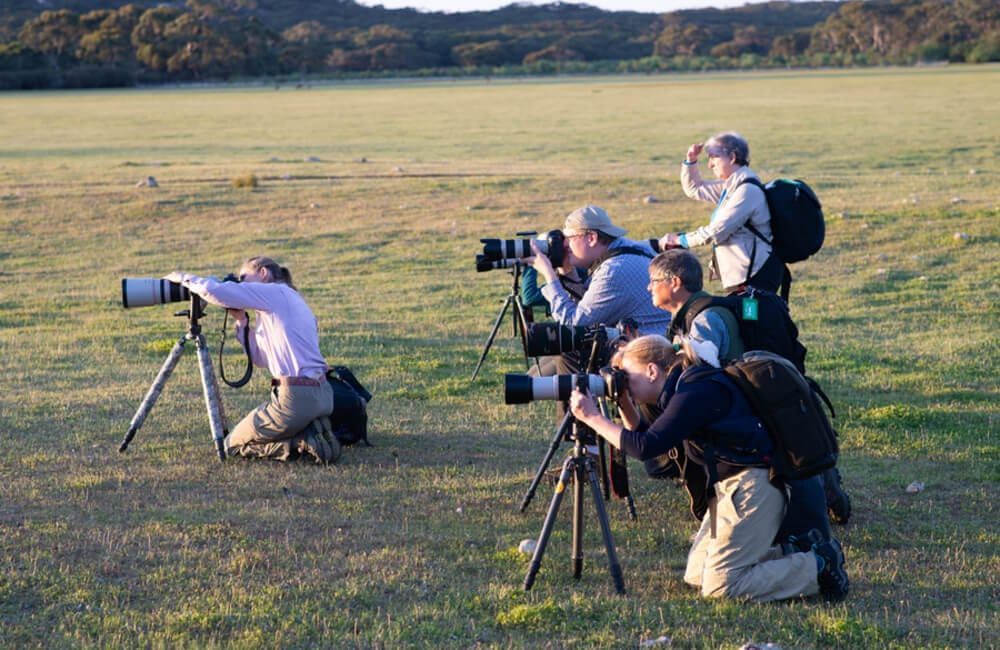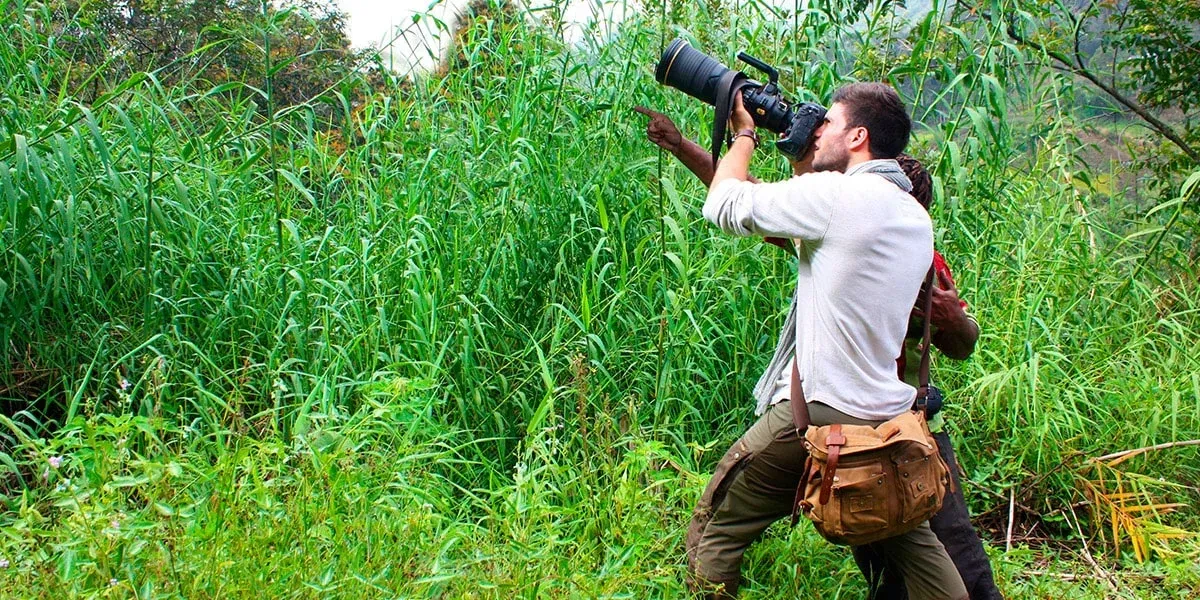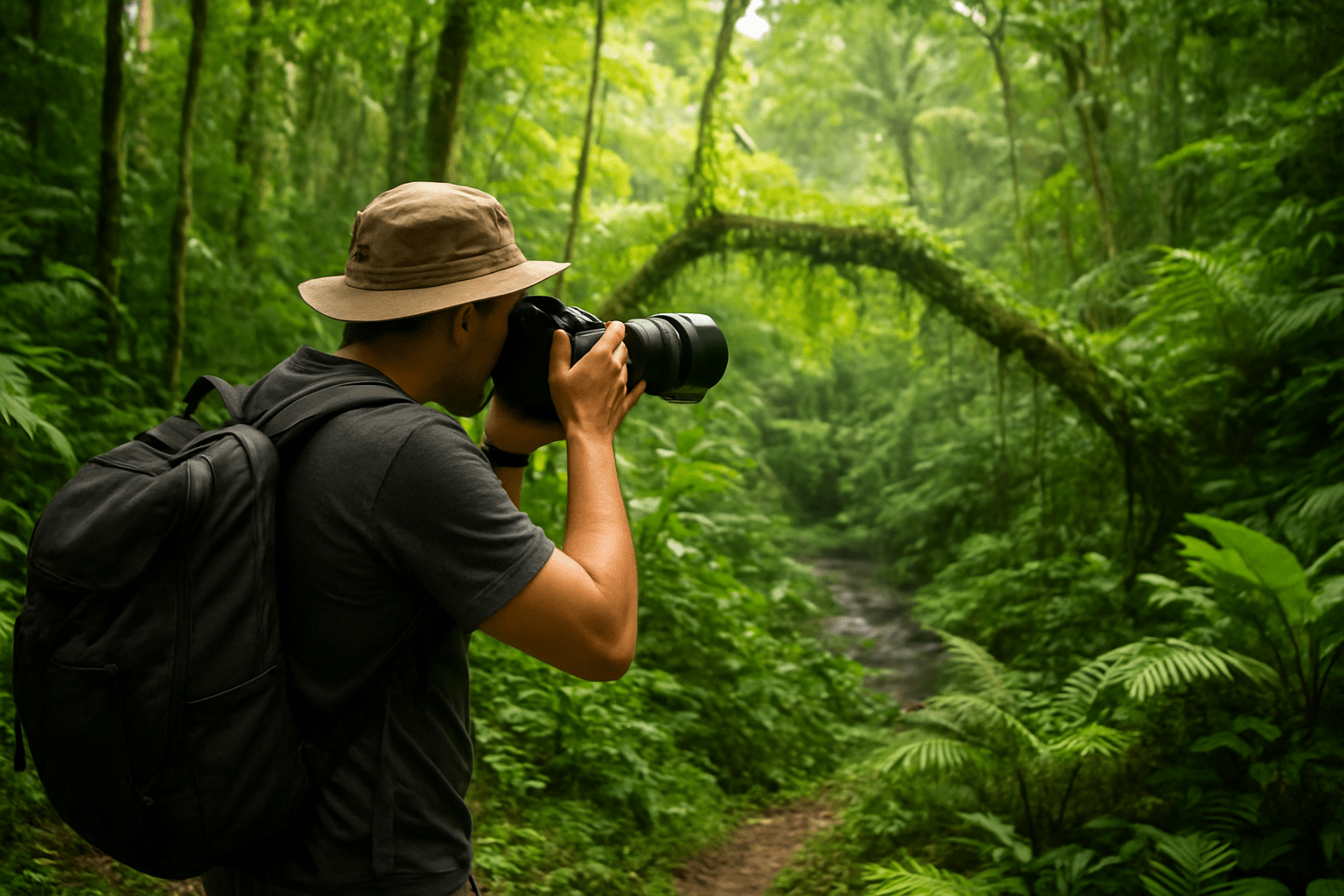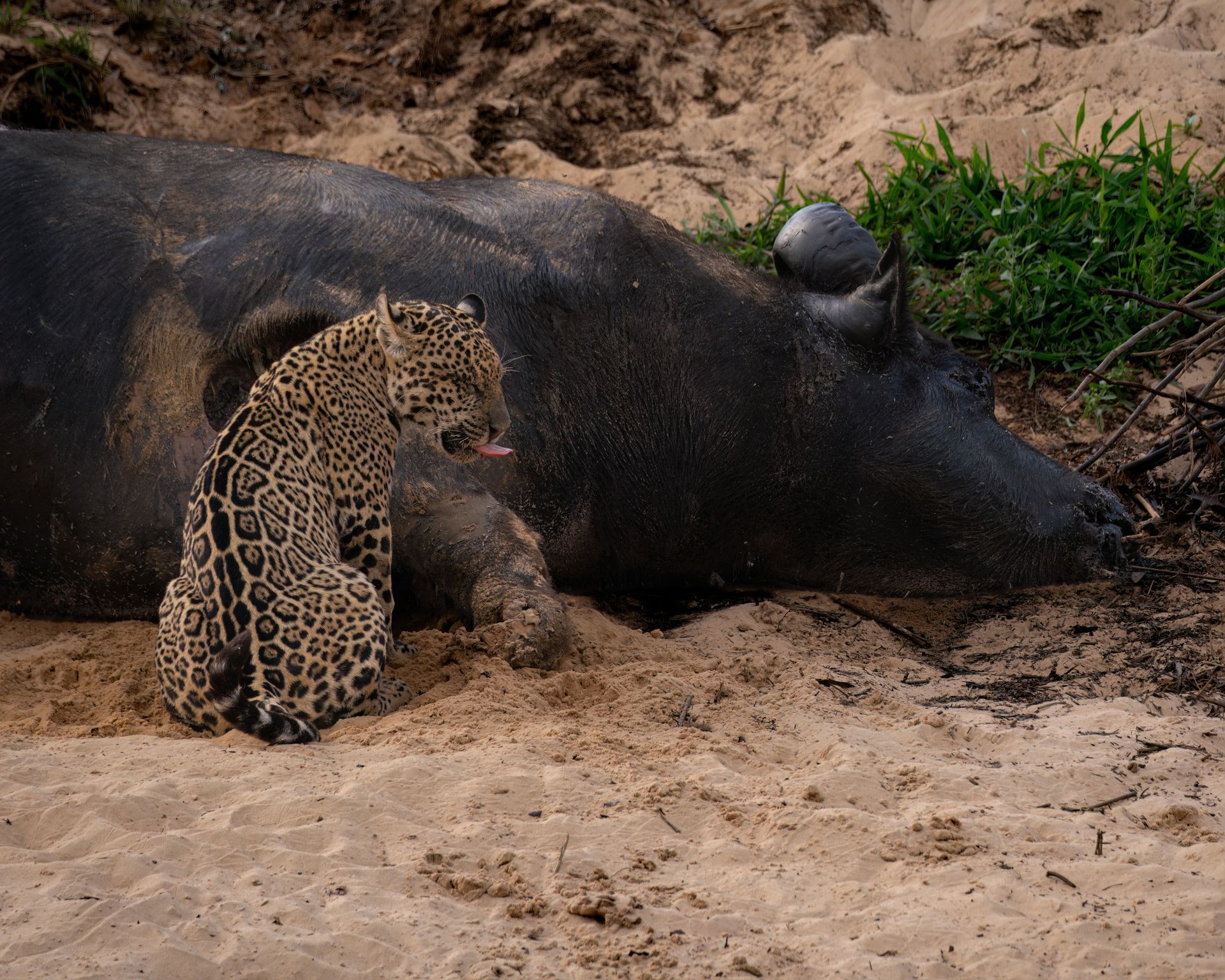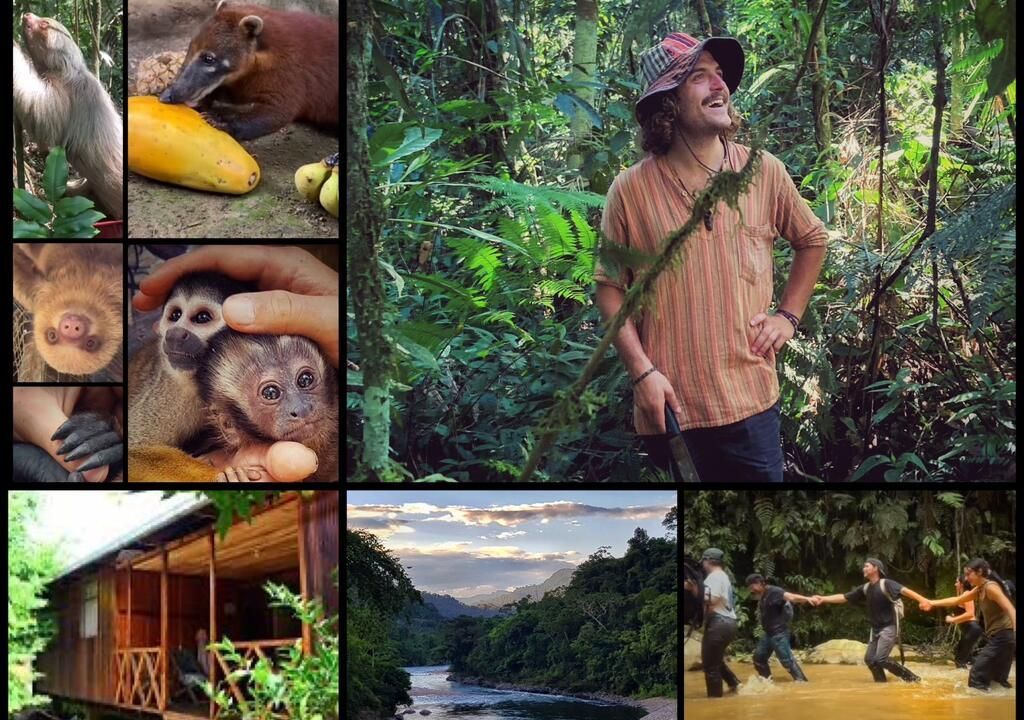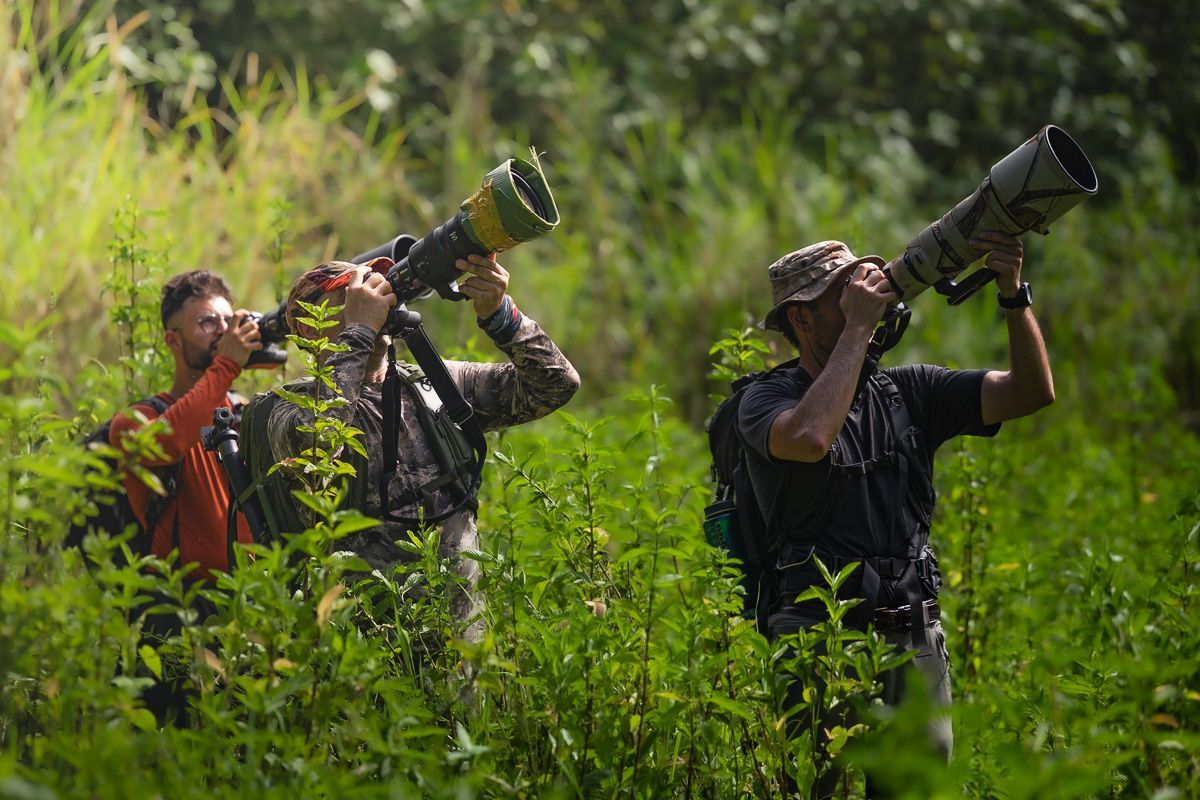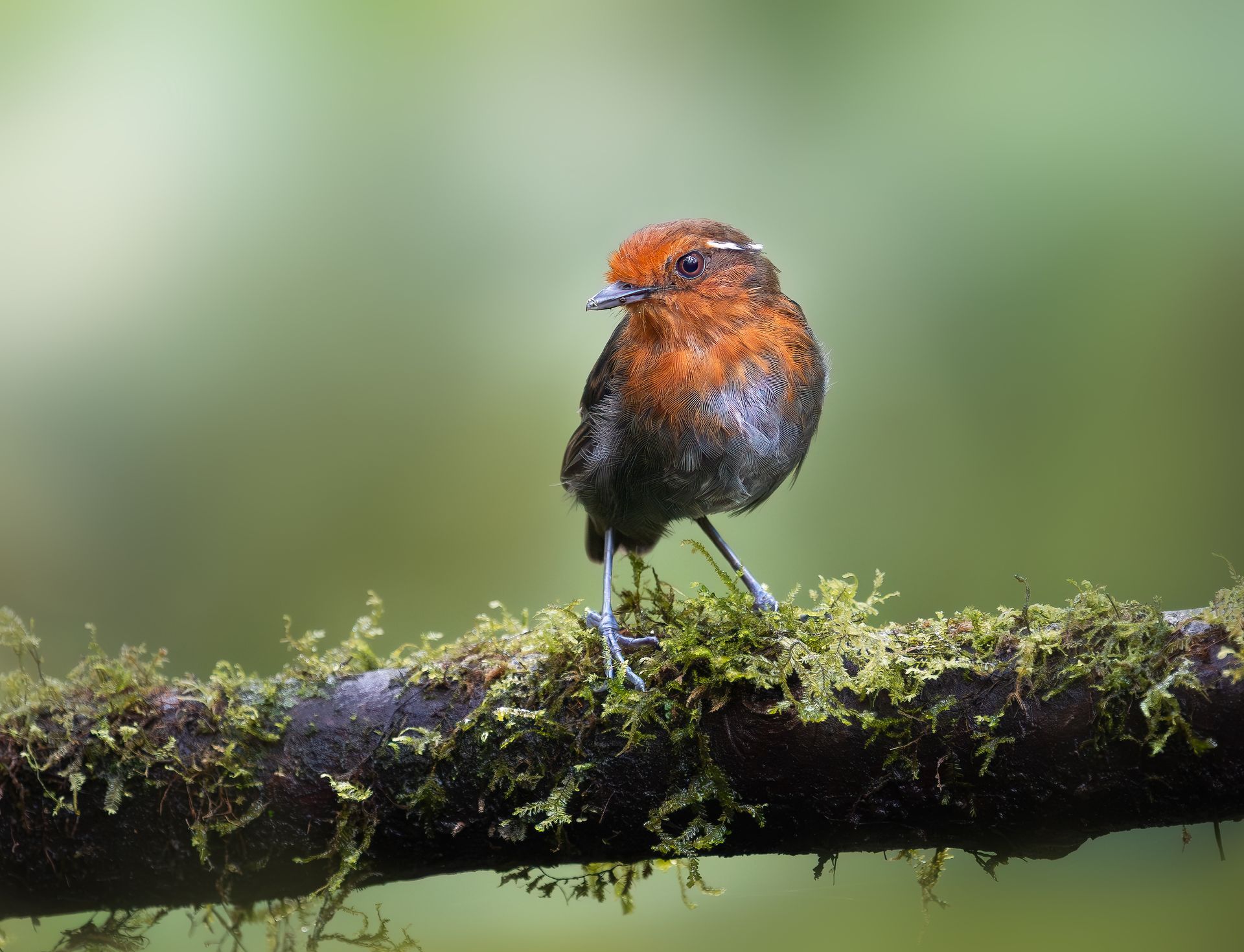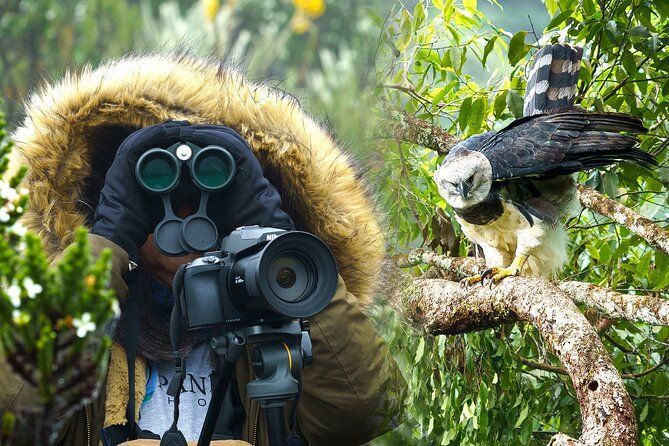Photographing the Stunning Andean Cock of the Rock: Tips for Bird Enthusiasts
The Andean Cock-of-the-rock (Rupicola peruvianus) is one of the most iconic birds of South America, famous for its blazing orange plumage, dramatic crest, and elaborate mating displays. A symbol of the Andean cloud forests, this extraordinary bird is a dream subject for birdwatchers and nature photographers. Colombia, Peru, and Ecuador are among the best places to observe and photograph the Cock-of-the-rock in its natural habitat. In this guide, we explore where and when to photograph this species, what gear to bring, and how to ethically capture unforgettable shots.
Where to Find the Andean Cock-of-the-rock
This species inhabits humid cloud forests along the eastern slopes of the Andes. Prime birding spots include:
- Jardín, Colombia: Famous for its accessible lek (mating ground), where males gather at dawn to perform displays.
- El Chocó Bioregion: Dense and rich with biodiversity, including sightings of both birds and other wildlife.
- Manu Biosphere Reserve, Peru: A remote but exceptional location where this species thrives.
- Mindo Cloud Forest, Ecuador: Known for its avian diversity and accessible birdwatching lodges.
Visiting a lek site with a local guide greatly increases your chances of success.
Best Time to Photograph the Cock-of-the-rock
- Mating Season: From March to July, males perform elaborate displays to attract females. This is the best time for action shots.
- Early Mornings: Activity peaks at dawn when males are most vocal and active.
- Dry Season: Less rain equals better lighting and trail access, particularly from June to September.
Recommended Photography Gear
- Camera Body: High-speed autofocus and good low-light performance are essential.
- Lens: A 300mm to 500mm lens is ideal, especially for forest settings with limited visibility.
- Tripod/Monopod: A must-have for early morning low-light shots.
- Remote Shutter: Helps minimize camera shake during long exposures.
- Flash: Use sparingly and only when ethically allowed and non-disruptive.
Field Techniques
- Approach Quietly: Lekking males are sensitive to noise. Approach slowly and minimize sudden movements.
- Use Natural Cover: Position yourself behind foliage or blinds to avoid startling the birds.
- Pre-focus Areas: Set focus on perches where birds frequently land.
- Capture Displays: Use burst mode to freeze wing-flapping, bowing, and crest-lifting behaviors.
- Composition: Include surrounding vegetation to frame the subject and give context.
Ethical Considerations
- Respect Boundaries: Stay within marked paths and observation areas.
- No Playback During Lekking: Playing calls during mating season can disturb natural behavior.
- Limit Flash Usage: Avoid using flash during displays or in low-light environments where it may stress the birds.
- Support Conservation: Choose reserves and guides who contribute to habitat protection.
Guided Tours and Local Expertise
Joining a bird photography tour ensures safe access, expert guidance, and a higher likelihood of capturing the perfect shot. At Retorno Photo Tours, we offer:
- Lekking Site Access: Early morning visits to known lekking grounds.
- Professional Coaching: Tips on settings, composition, and storytelling.
- Comfortable Lodging: Near forest edges for fast access and dawn readiness.
- Transport and Logistics: Hassle-free arrangements so you focus on photography.
Final Tips
- Bring weatherproof gear: Cloud forests are humid and unpredictable.
- Keep a photo journal: Document bird behavior and environmental conditions.
- Be patient: The best shots often require hours of stillness and quiet.
- Practice before arrival: Get comfortable with your camera settings and gear in low-light conditions.
Conclusion
The Andean Cock-of-the-rock is a dazzling target for bird photographers—a blend of drama, color, and ritual set against lush Andean backdrops. With the right preparation, ethical approach, and help from expert guides, your photographic journey can result in truly spectacular and meaningful images. Plan your visit with Retorno Photo Tours to witness and capture one of South America's most charismatic birds in its natural setting.



